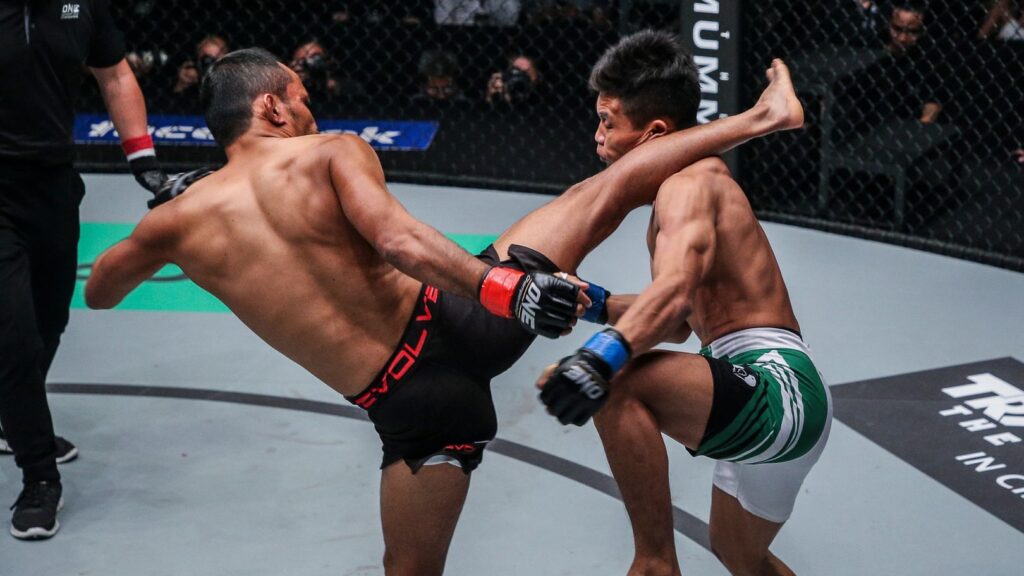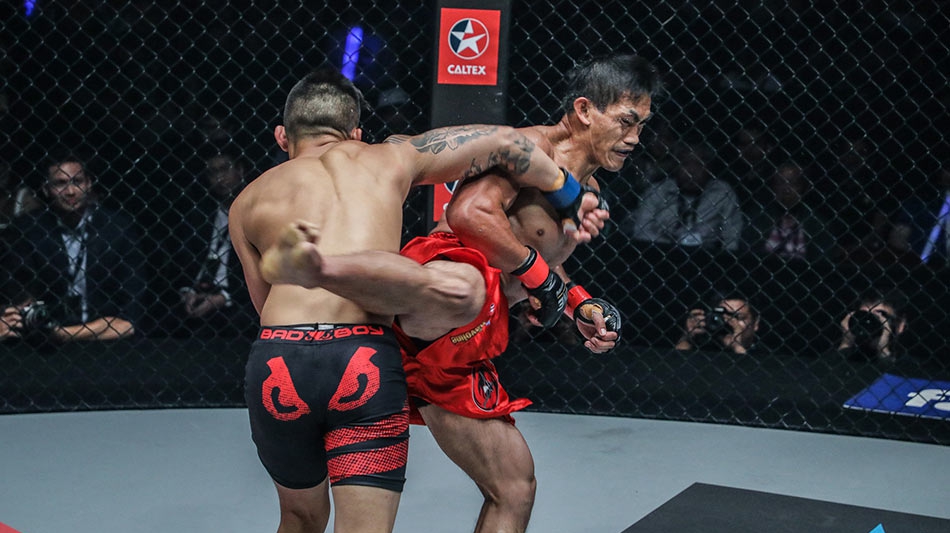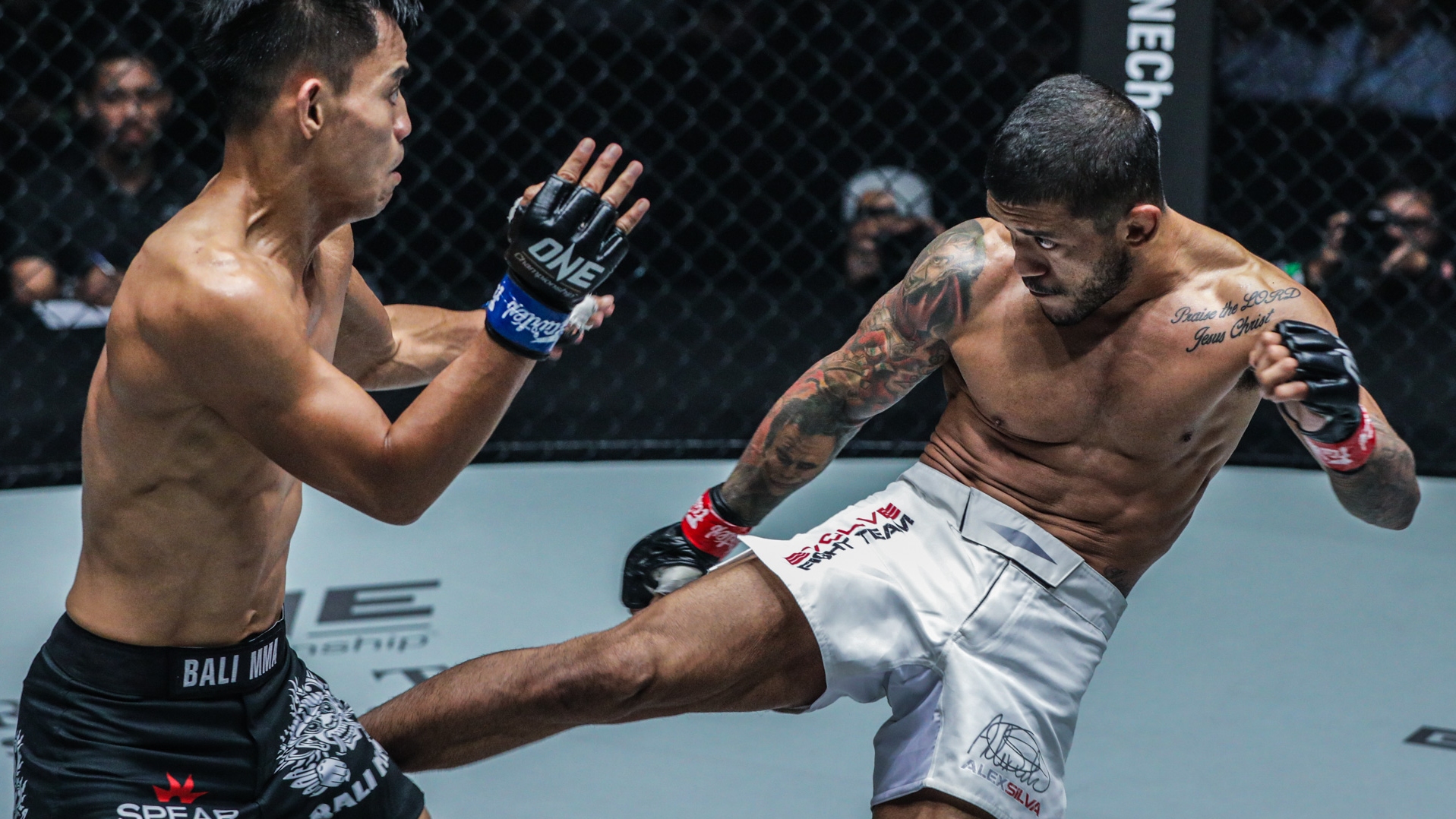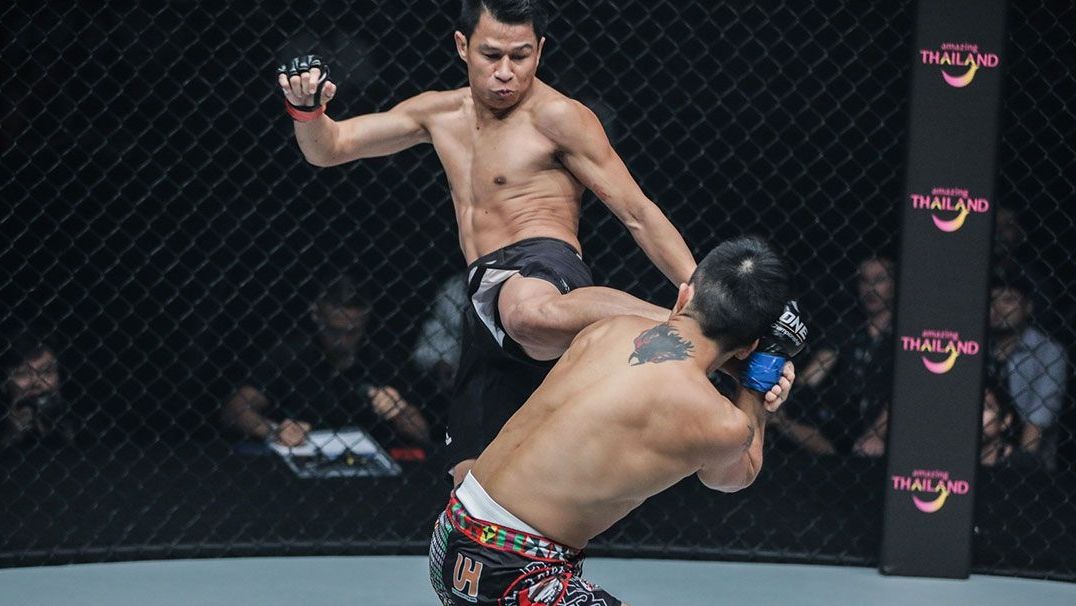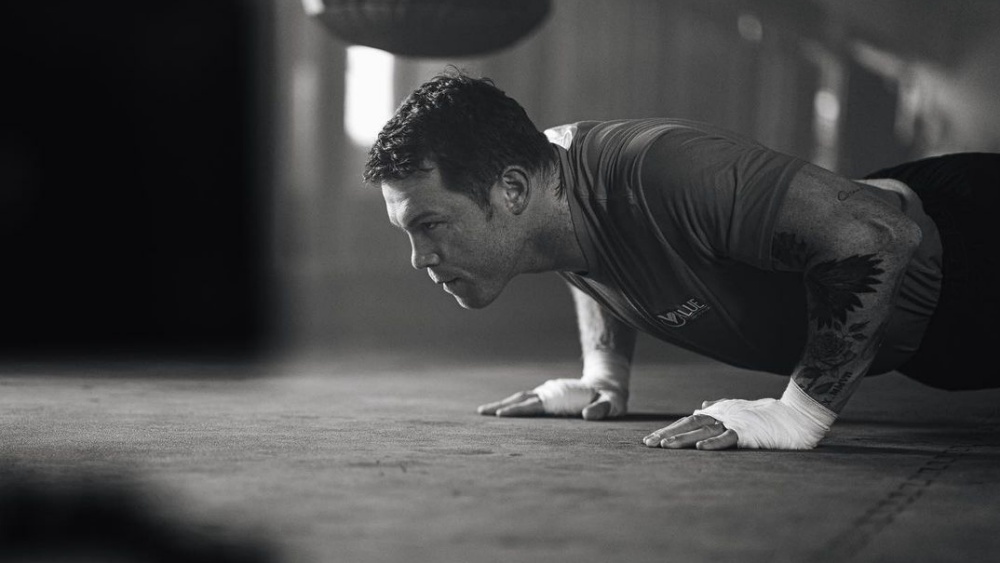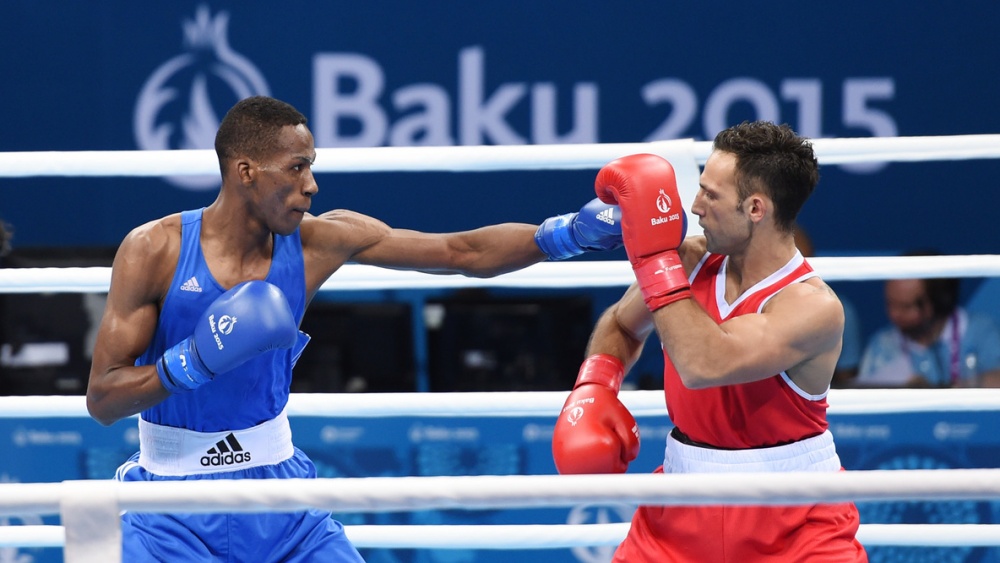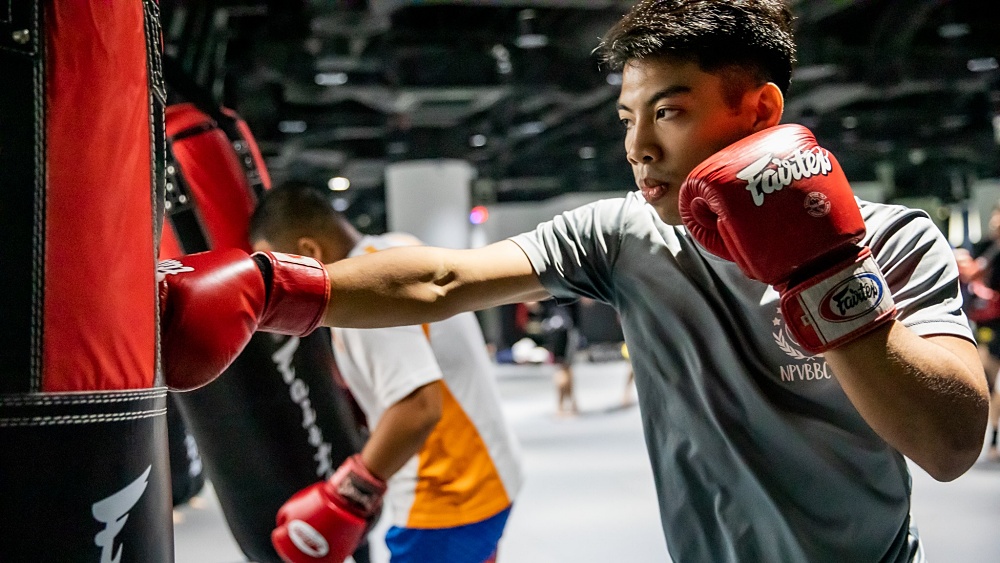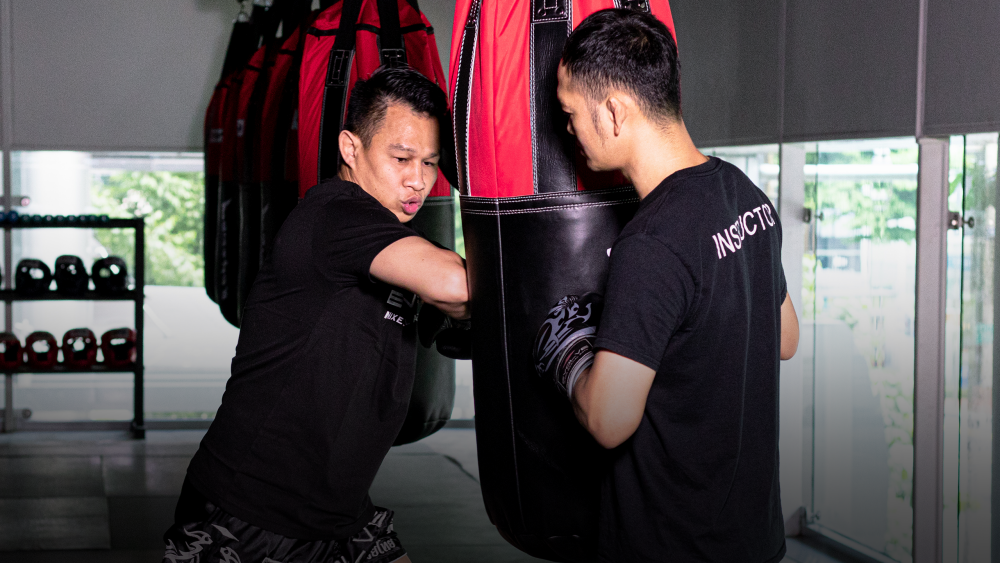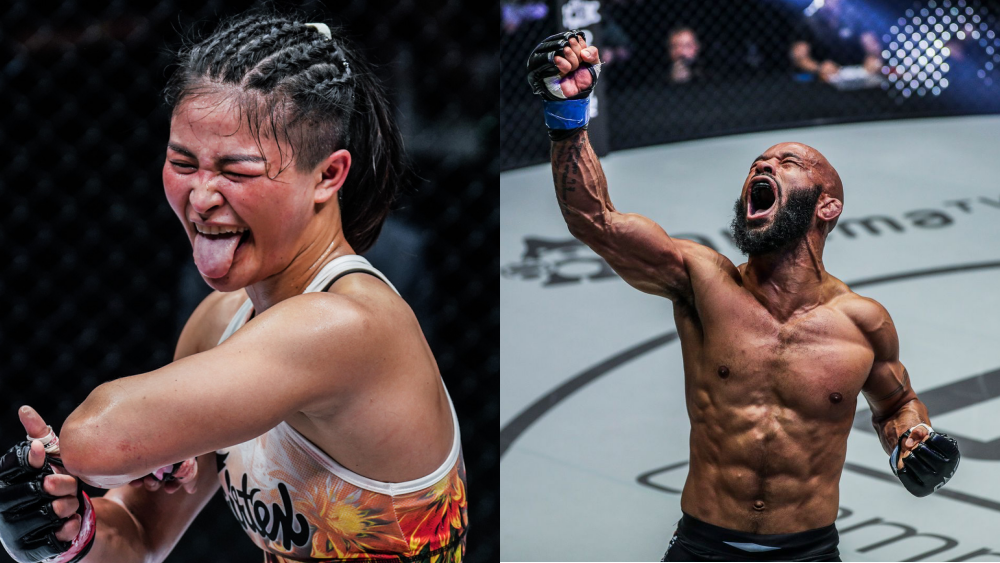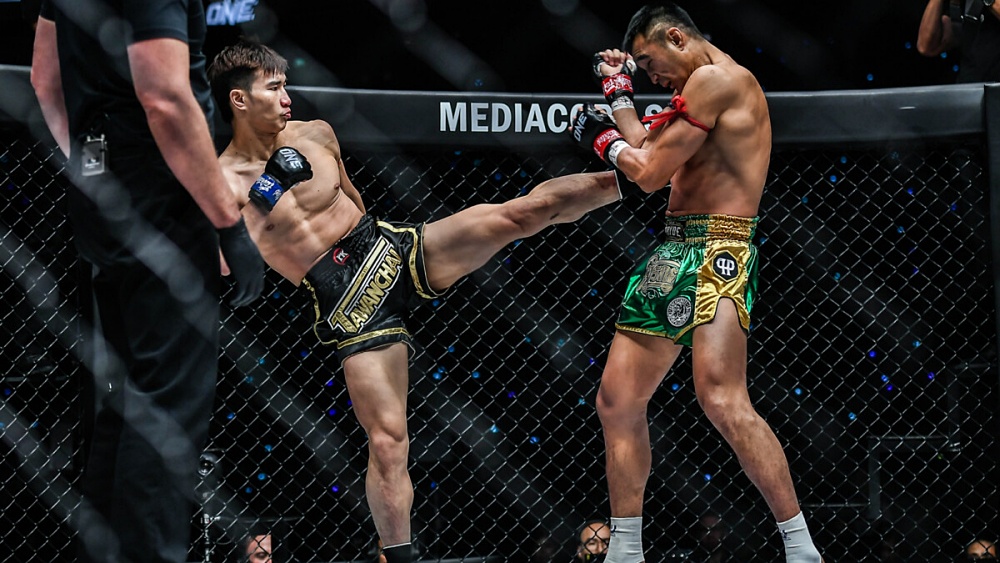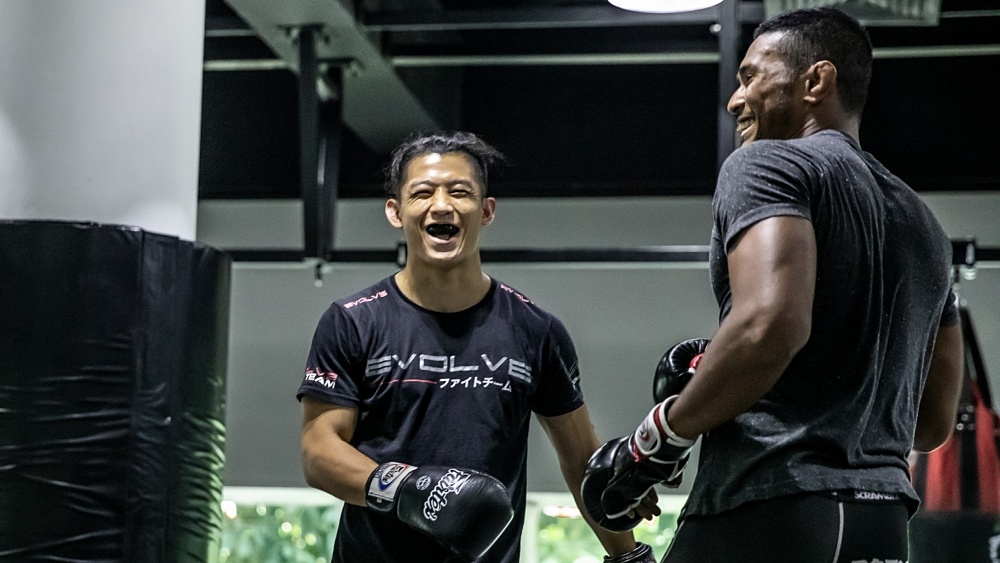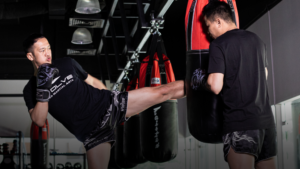The global growth of MMA has encouraged scores of fighters from other combat sports to try and use their abilities to achieve success in the cage.
However, few can go far when they make the switch if they’re only armed with the striking skills they have from another style of fighting like boxing and Muay Thai.
Each discipline requires a completely different approach. There’s a reason why Floyd Mayweather was happy to welcome Conor McGregor to the squared circle but had no desire to test himself in the cage.
Even a world champion athlete will only go far against a well-rounded opponent without making major adjustments. Without tweaks to your techniques, a crossover athlete runs the risk of looking like James Toney when they get into the cage – completely helpless.
We’ll get started with the basics of adjusting your striking, then move on to the other elements you’ll need to consider to stay on your feet and do some damage.
NOTE: Though each sport falls under the martial arts umbrella, they are all completely different and feature athletes with hundreds of different styles. There is no one-size-fits-all approach to adjusting for MMA, but these tips should give you a solid starting point that you can adjust depending on your style, skill level, and opponent.
Arm Strikes
Boxing
This is as basic as you can get – your hands are your only means of offense in the sweet science. If you can put punches together in combination, you’re on the right track to getting your hand raised.
Muay Thai
Though many Western athletes and Muay Mat stylists make good use of their hands, punches do not count for as much as other strikes in traditional Muay Thai scoring.
Elbows, on the other hand, are a major destructive weapon. You will see fighters driving with their hips to generate huge power and go for the KO.
Adjustments for MMA
Many of the most important changes you need to make when throwing hands are related to your stance and footwork, which we’ll go into later.
Some tutorials will explain how MMA features more rushing forward with looping punches, but there’s no reason why you should forget the fundamentals that would bring you success in the ring.
Many MMA athletes lack a strong jab, only throw one strike at a time, and forget to set up their attacks with feints. Make sure you don’t fall into the same trap.
Leg Strikes
Boxing
Striking with anything other than your hands in boxing is a ticket to a DQ loss, but there’s plenty of ways to kick and knee in other arts.
Muay Thai
Muay Thai is all about power when it comes to leg strikes. Fighters can afford to rotate their hips to deal maximum damage to the body and head. Kicks to the thigh are also a huge part of the game.
Adjustments for MMA
It’s wise to adjust your kicking strategy for MMA because of the threat of takedowns. Getting dumped is not ideal in the ring, but you can get up and reset easily. In the cage, your opponent can follow you onto the mat and put you in a compromised position. That could leave you more vulnerable to strikes and submissions until the end of the round.
The takedown threat should also help to guide your shot selection strategy. Kicks to the body and upper thigh are at an ideal height to be caught by grapplers. These techniques should not be forgotten altogether, but make sure you assess the situation, so your shots don’t lead to trouble.
One weapon that is more effective in MMA compared to Muay Thai is the calf kick, and it has the added benefit of blunting a grappler’s ability to explode forward with takedowns.
Stance
Boxing
There are hundreds of stance variations in boxing, but it’s most common to see athletes stand with their front leg quite far forward and facing inward at a 45-degree angle. If you draw an imaginary line back from the toes, it should run to the heel of the back foot, which is square.
The shoulders also tend to align and point in the general direction of an opponent, leaving a smaller area of the body that can be targeted. It’s a strong stance for striking with power and maintaining balance as they move to avoid punches.
Most boxers will also learn to maintain a high guard at first to prioritize head defense. From that hand position, it’s easy to throw punches or adjust to protect their body.
Muay Thai
Thai boxers stand more upright and in more of a square stance. Having their front legs forward and at an inward angle would give their opponent an open invitation to kick their thigh to pieces.
This stance does not allow as much slipping and rolling, but the latter is a bad idea unless you want to put your head on a plate for a kick or knee. However, with knees bent, the stance is strong enough to allow you to block hard blows.
Like boxing, hands are also often used for a high guard, which is perfect for defending punches. The ability to check means all but the highest of kicks can be blocked with your shins.
Many Muay Thai fighters also distribute their weight more to their back leg to make checking and teeping easier with their front leg.
Adjustments for MMA
The stance for caged combat should be somewhere in between boxing and Muay Thai.
That means their weight is still distributed more on the back leg to make checking easy, but not so much that an athlete can’t adjust to sprawl and defend takedowns.
Most fighters have their hands slightly lowered, too. That puts them into play for takedown defense – it’s much easier to go for underhooks if your hands aren’t tight to your head.
Though your head won’t be protected by a high guard, that’s okay. Smaller gloves would not give you too much protection anyway, so it’s better to rely on parries and movement to avoid punches. You’ll still have to cover up sometimes, but when you do that, you can use your forearms and elbows to help block. That includes ‘answering the phone’ to block hooks.
Range & Footwork
Boxing
A boxer can deal damage with their hands, so they need to be in punching range. Because they don’t have the option to mix up their strikes, they rely on technical footwork to create angles and find gaps in their opponent’s guards.
Being out of arm’s reach is of no offensive use, but moving backward is a perfect strategy for avoiding punches. However, many pugilists prefer to bob, weave, slip, roll, parry, and block to protect themselves.
Muay Thai
Muay Thai sees much of its action at kicking range, so most fights begin with the athletes slightly further apart than in boxing. This allows athletes to land kicks, but also means they don’t have to cover much ground to enter punching or clinching range.
However, there are major differences in footwork. Though you will see some fighters like Saenchai glide around the ring, traditional Thai boxing is a tit-for-tat affair. Competitors move in straight lines and aim to counter strikes immediately to even the scores. That means you’re far more likely to see two warriors stand their ground and exchange strikes rather than bobbing, weaving, and cutting angles if you take a trip to Lumpinee Stadium.
They will lean back to avoid some strikes, or simply block with their gloves and shins to make sure they’re still in position to return fire.
Adjustments for MMA
Once again, the addition of grappling has a massive effect on the way athletes move and position themselves.
Most mixed martial artists face off at much longer ranges. They’ll either jump in and out of range or apply forward pressure. It’s not uncommon to see fighters charge forward to try and land strikes or press their opponent back for a takedown.
The extra distance also means fighters have to move a lot more to cut angles and create openings – think how Dominick Cruz is always in motion as he tries to create opportunities to land pancakes and kicks from the outside. Turning and pivoting in the pocket is much rarer.
Pace/Fitness
Boxing
A standard boxing round is three minutes long, but fights can last between three and 12 rounds, depending on the level. Take one-minute breaks into account, and a world title fight can last for 47 minutes.
Boxers also spend a lot of time working in the ring. The number of punches thrown and landed in three minutes will usually dwarf what you see in a five-minute MMA round. For that reason, a proponent of the sweet science needs cardio that will allow them to maintain a lot of activity without much time to rest.
Muay Thai
Muay Thai shares boxing’s three-minute round length, but match-ups only go three of five rounds. However, a bout will require just as much, if not more fitness.
Five-round bouts may start slowly in Thai stadiums, but the later rounds are non-stop. Bouts in international organizations are similarly relentless, whether they are scheduled for three or five stanzas. Plus, clinching and kicking take a heavy toll on your stamina reserves.
Adjustments for MMA
If you think of a boxing match as a marathon and Muay Thai like a sprint, an MMA fight is a Tough Mudder-style obstacle course. You need to pace yourself and be ready for anything over three to five rounds that last five minutes each.
Unless a fighter has a style that prioritizes high output – think the Diaz brothers, Cain Velasquez, or Michael Bisping – their work-to-rest ratio (e.g. in a 1:2 ratio 10 seconds of activity would be followed by 20 seconds of rest) is far lower than in pure striking combat sports.
You might expect a work-rest ratio of somewhere between 1:2 and 2:3 for boxing and Muay Thai, but striking exchanges in most MMA fights are more like 1:4. That means there is much more recovery time, so you should prepare for shorter, high-intensity bursts of energy.
However, it would be unwise to rely only on high-intensity interval drills to prepare for fights. The push and pull of grappling may be present in the clinch in the striking arts, but it is a huge part of MMA. The work-rest ratio for wrestling and jiu-jitsu exchanges could be something like 4:1, so training for strength and muscular endurance must be part of your training, too.
Striking In The Clinch
Boxing
You’re not going to find much clinching in boxing other than for holding for defensive purposes or leaning on opponents to wear them out. You might see some striking, but it’s technically illegal.
Muay Thai
Clinching is a huge part of Muay Thai, and it’s brutal. You’re likely to see fighters constantly changing position as they battle for dominance with a liberal application of knees and elbows to deal damage in the process.
You might also be surprised not to see much of the double-collar tie in the ring, as most high-level competitors will be too savvy to get stuck in that disastrous position.
Adjustments for MMA
The use of smaller gloves completely changes the clinch game in the cage. You’ll find it far easier to grip and take control of your opponent. That double-collar tie that’s rare in Thailand can be a major weapon and allow you to drive knees into your rivals.
Plus, you’ll be able to sneak your fists through smaller gaps, making dirty boxing a great option for dealing damage – especially up against the fence.
However, getting up-close and personal could be just what a grappler wants to initiate a takedown using body locks and trips, so make sure you won’t sacrifice control when you enter the clinch, or you’ll end up on your back.
You may also like:
